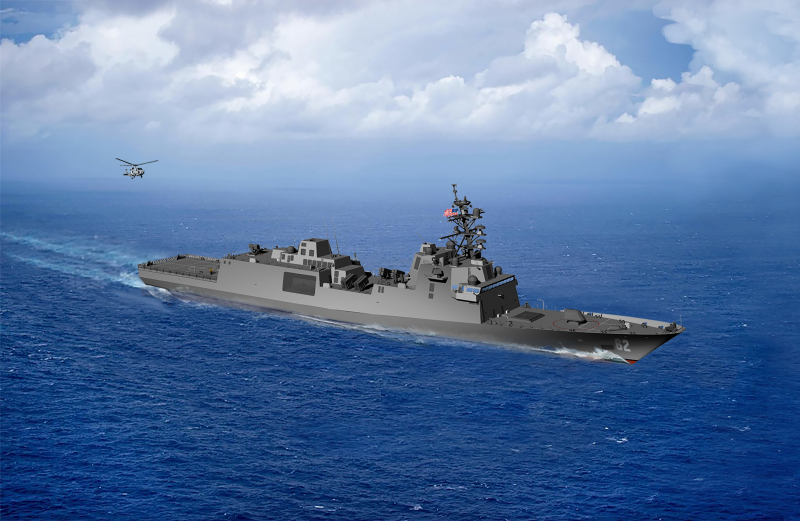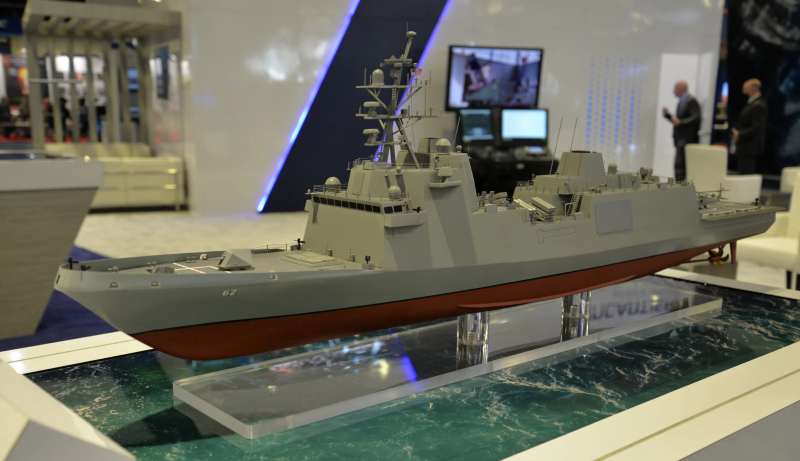FFG(X) Constellation Class Guided Missile Frigate
As a successor to the modular littoral combat ship, the Constellation class is a class of multi-mission guided-missile frigates being developed for the US Navy. On July 10, 2017, the US Navy published the FFG(X) frigate project's Request for Information (RFI) in the US Department of Defense. The United States Navy chose five shipbuilders to develop their concepts into a potential design for the twenty FFG(X) guided-missile frigates that were proposed. On April 30, 2020, Fincantieri Marinette Marine made the announcement that its FREMM multipurpose frigate-based design had won the contract. After the lead ship was given a name, the project was later renamed the FFG-62 program.
The first FFG(X) is scheduled to be purchased by the U.S. Navy in 2020, so there was not enough time to create a brand-new design for the platform. The FFG(X) was therefore intended to be a modified version of a "parent" ship design that was already in existence, according to the U.S. Navy. The request for information (RFI) states, "A competition for FFG(X) is envisioned to include current parent designs for a Small Surface Combatant that can be modified to fulfill the unique capability requirements specified by the U.S. Navy."
The U.S. Navy wanted a frigate that could keep up with the carriers and had sensors connected to the rest of the fleet to broaden the group's overall tactical picture. "The FFG(X) will normally aggregate into strike groups and Large Surface Combatant led surface action groups, but also possess the ability to robustly defend itself during the conduct of independent operations while connected and contributing to the fleet tactical grid." The new frigate will carry at least 32 Mark 41 Vertical Launch System cells on board, according to a January 2019 announcement by the U.S. Navy. These cells will be used primarily for anti-air warfare for self-defense or escort missions. The class will utilize a propulsion technology called Combined Diesel Electric and Gas Hull, Mechanical and Electrical (HM&E) that has never been used in a U.S. Navy ship before. In order to lower the danger of engine failure, which plagued the earlier LCS program, the new propulsion system will have to be tested on land.
Cost per unit: $1.1 billion












